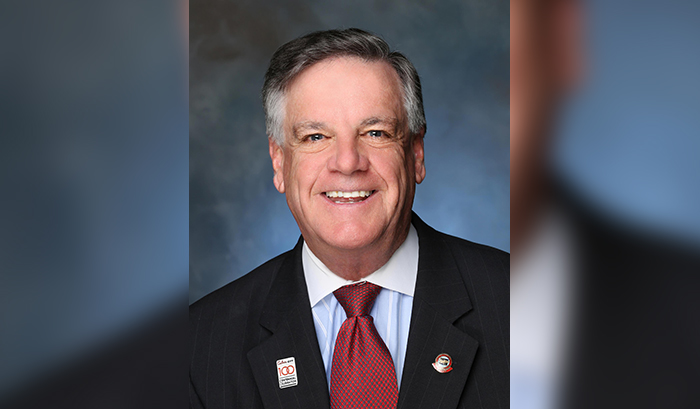Second in a series.
Re: “Mayor in the Morning – at His Finest”
Until 15 years ago, said Mayor Jim Clarke, Culver City was widely seen as an undistinguished nonentity, or bridge, between far more glamourous Santa Monica and Los Angeles.
Imaginative, aggressive, explosive upscale and economic development Downtown at the turn of the century happily destroyed the community’s perceived penchant for drab.
After acknowledging yesterday morning at a Chamber of Commerce breakfast that growing Culver City into a “community of kindness” sounds amorphous, the mayor assured listeners it is eminently achievable..
And necessary – for the prosperity of businesses and the subsequent glory that would shower the community.
“We are very concerned about branding,” said Mr. Clarke, speaking as a member of the City Council and perhaps as Culver City’s No. 1 booster.
Borrowing a concept from the best known man in America, the mayor hit on a formula that guarantees Culver City can retain its prized reputation for being a pristine community.
“We should build a wall around Culver City and get Mayor Garcetti to pay for it.”
Mr. Clarke’s business-oriented audience laughed.
Culver City’s relatively newfound reputation for being cosmopolitan and upscale with a sheen of sophistication and glamour must be protected, nurtured and grown, the mayor.
“Having a brand is very important – and attainable,” said Mr. Clarke.
The process can start simply, he suggested, with “getting to know your neighbor.”


One Comment on ““Putting a (Sunny) Label on Culver City””
A report, released through Claremont McKenna College’s Rose Institute of State & Local Government, reviewed data from more than 300 cities nationwide. Of the 20 most expensive cities surveyed, a dozen are in California– mostly in Southern California. These, in alphabetical order, include Bell, Culver City, El Segundo, Glendale, Inglewood, Los Angeles, San Bernardino and Santa Monica.
Branding, of course, has to do with “selling a certain public image.”
Whether that image is real or fictitious is a totally different matter.
The findings of this report is probably not the type of branding our city officials wants businesses to have when thinking of our small community.